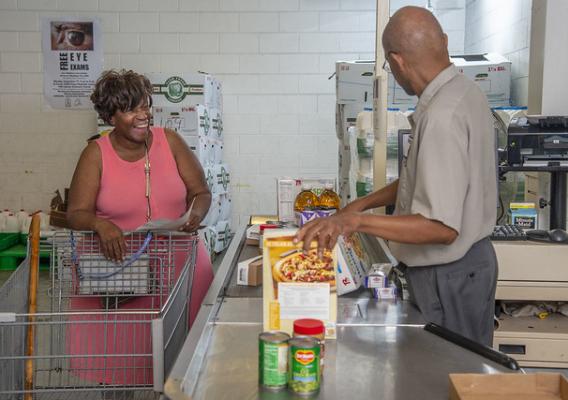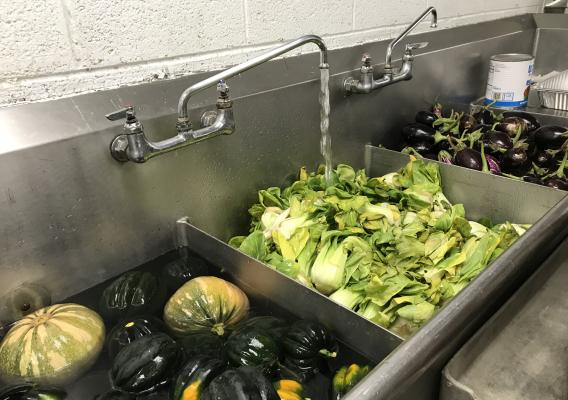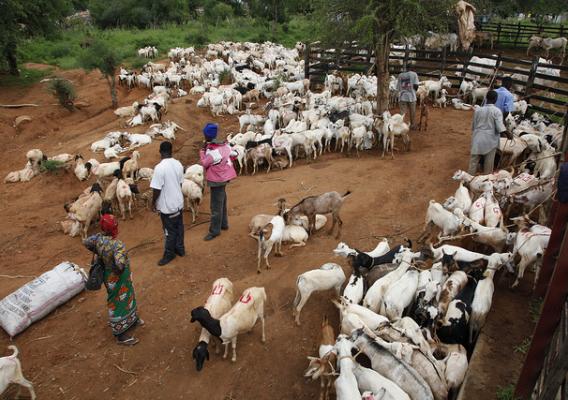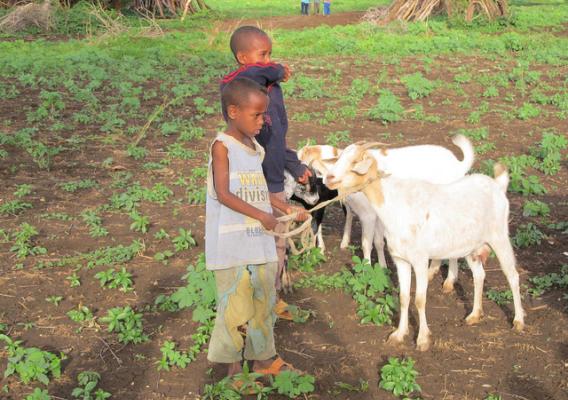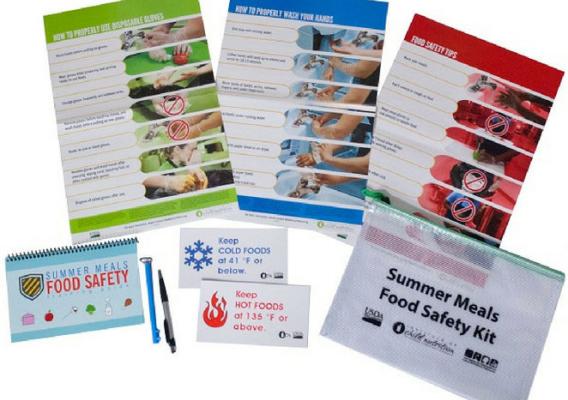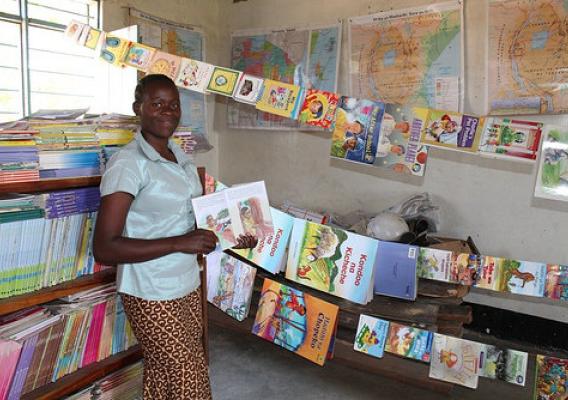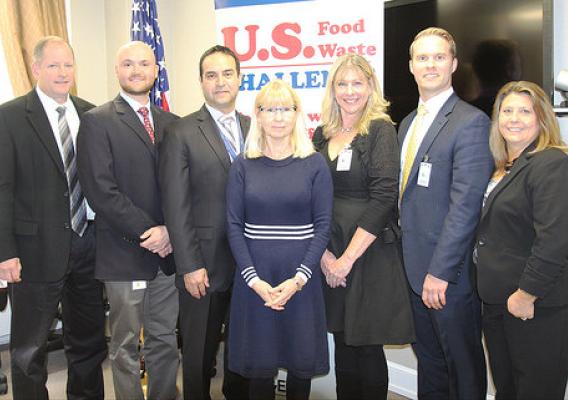The National Institute of Food and Agriculture (NIFA) opened its doors on Oct. 1, 2009, created by the 2008 Farm Bill. NIFA begins its eighth year as USDA’s premier extramural agricultural science agency by examining its role in helping reduce hunger in the United States.
As a nation, we are making great strides in combating food insecurity—the limited access to adequate food due to a lack of money and other resources. A recent household food security report issued by USDA’s Economic Research Service (ERS) shows the lowest figures on record for food insecurity among children.
Funding and leadership from USDA’s National Institute of Food and Agriculture (NIFA) support many food and nutrition assistance programs that provide low-income households access to food, a healthful diet and nutrition education. Three such programs are the Food Insecurity Nutrition Incentive (FINI), Community Food Projects (CFP), and the Expanded Food and Nutrition Education Program (EFNEP).

